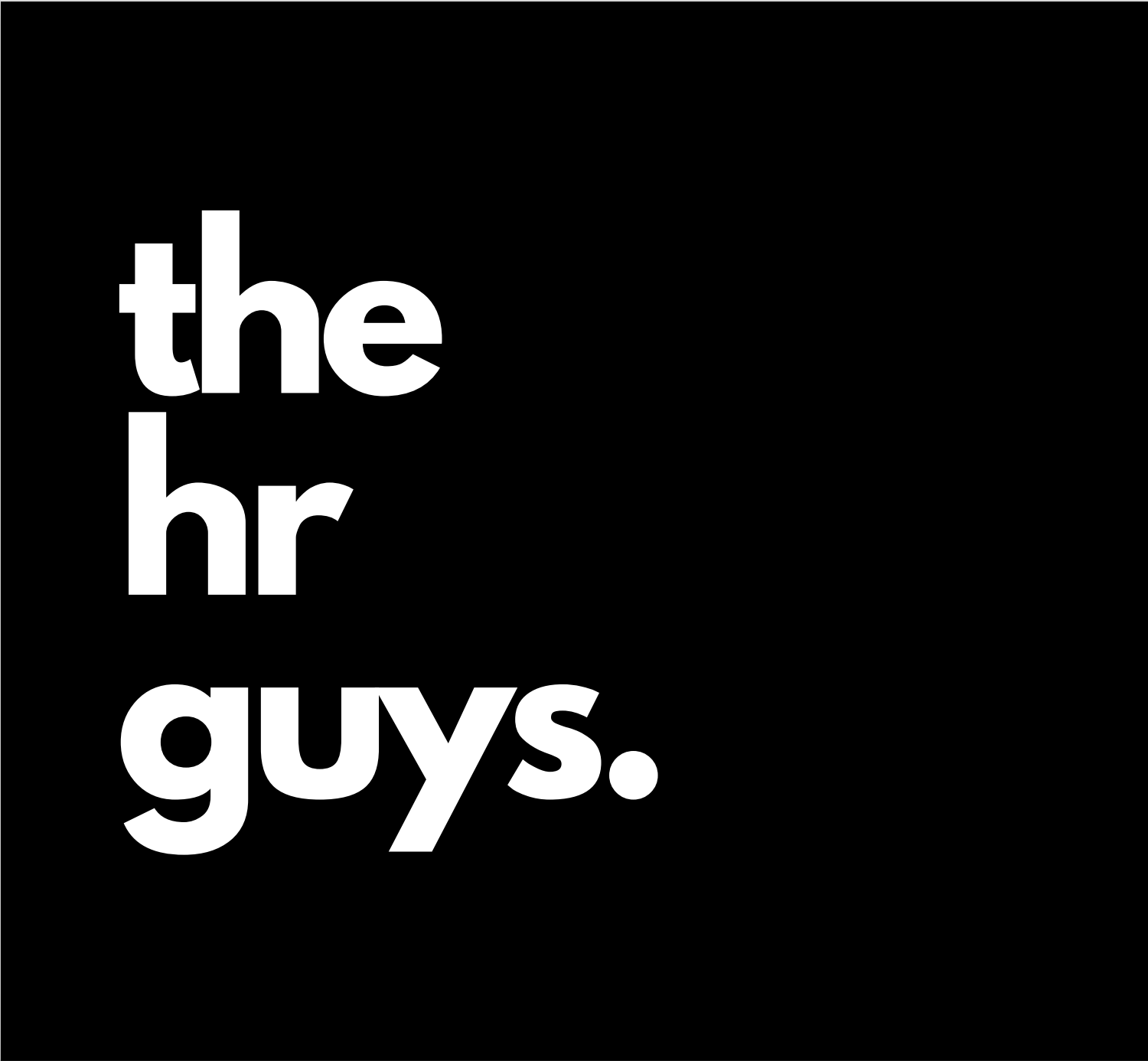What do employers actually want from Recruitment Agencies?
Written by Paul Withers
I recently ran a poll on LinkedIn which looked at the following question:
As a hiring manager, if using an external recruiter, how would you prefer to structure the recruitment fee?
- 20% payable on candidate start?
OR
- 10% – 50% paid as retainer?
This question came out of a discussion I had with a friend of mine who runs a business who have a heavy reliance on recruitment agencies for their staffing needs.
We had been discussing some of the posts I have written regarding why you should move away for the contingency recruitment model.
Their current frustration is a combination of high fees and varying levels of service/delivery which makes it difficult for their workforce planning.
They are happy enough to pay the recruitment fees, but they are disappointed that they spend so much time briefing agencies for such a varied return on the time they invest in the process.
It’s an interesting and often common problem with recruitment and in my opinion, the reasons for this are quite straightforward but often overlooked.
I think that there are 2 issues at play here:
- How recruitment companies sell their services versus how they deliver them
- The model you are signed up to (i.e., the Multi-Agency contingency model)
When looking at the first issue, you really want to consider “who is actually going to do the work”.
A typical scenario would see a bigger recruitment business, sends out a very capable Recruitment Sales professional to woo you with all of the fancy things they are going to do for you, however, the reality is that when you actually give them a job to work on, they are passing this to an inexperienced Resourcer who was not even working in recruitment the month before.
That is not meant to mock those new into the industry, but more to highlight that if they are not mentored and utilised correctly, it can be no surprise that delivery levels are so random.
The answer to this is to spend more time and be more thorough in vetting your suppliers.
Drill down how they will approach your individual assignment and importantly who will be doing the actual recruitment work.
Some of this is trial and error but when you find a good one, you want to keep hold of them!
The second point is also straightforward to manage.
If you give your vacancy to 6 agencies and think the competition will be good for your response, then I would urge you to consider the following.
It looks terrible when 6 agencies are all cutting and pasting your job spec and spamming it all over the job boards.
Candidates don’t look and think “wow they are really active with their search”, they look and think “what’s wrong with that one”.
Agencies working with this model will experience a 20-25% fill rate.
This means they have to work on 4-5 vacancies to create one invoice.
This model, therefore, promotes quantity over quality.
They need to get on as many jobs as they can and send as many CVs as possible.
They will focus on what they perceive as the easiest jobs to fill and give the others a wide berth if they are too tricky.
If your job is a tough one, then it won’t be getting much love.
You can’t blame them. If they don’t fill jobs, then they can’t pay their rent.
Believe me, their focus is on the easy fills.
It’s not that they want to do a bad job for you, it’s that the model promotes this behaviour.
If there is no commitment from either side, then quite frankly it becomes a free for all.
The good news is that the industry is changing, and many experienced recruiters are setting up niche boutique consultancies where they are focused on better quality recruitment relationships and candidate experience.
These are the people I advised my friend to be building relationships with as they will value exclusivity in the relationship and be happy to reciprocate with better value fee arrangements.
My friend is a smart operator who understands that for small businesses cash flow is very important to them.
They posed the following question to me.
Would you half your fee if I paid you half upfront?
I thought about it for a minute or two and agreed that if I was confident of filling the role then I potentially would.
It would depend on a few factors such as job description, whether their expectations were realistic and whether I shared their values and approach to people.
Fill rates on retained business should be up to 90%+ and so you are locking in revenue and working in a much more consultative manner.
For a small business, this is valuable. Having more consistent cash flow avoids a lot of stress!
This is where my LinkedIn Poll came into play.
I was interested in what other people who are responsible for engaging recruitment agencies would think about this.
The results were split 75/25 in the favour of the traditional method i.e., 20% fee paid on the start date as opposed to a 10% fee but with a 50% upfront commitment.
It was interesting to note that the majority of people would rather pay twice as much in order to avoid any commitment and fee liability.
Initially, I was surprised by this, but then I got thinking about what most recruitment relationships look like.
How much of the time do people think that the agencies they are working with will actually fill their vacancies?
The answer has to be, not many, otherwise they would be more interested in this type of fee arrangement.
If you don’t actually think the chance of each agency filling your role is that high, then you don’t want to pay anything upfront.
This could be for a number of reasons.
The most common in my opinion is that your Internal Recruitment or HR team has been working on the role and you just want some additional CVs to make sure you have a well-rounded shortlist.
This is fair enough, but you then have to understand how the model works.
The agencies that are happy to operate in this manner, will need to charge you higher fees because they are working on multiple vacancies in order to create one placement.
You can not complain about the quality of delivery, because this model does not allow it.
The focus is on the quantity of activity rather than the quality of delivery.
Ultimately, in this model, it is the candidate that gets the worse end of the deal as candidate experience comes way down the list of priorities.
If, however you do you want your Recruiter to manage the full life cycle of the assignment and you have confidence that they will fill your position, then you should consider moving to a partnership model.
Exclusivity should be a minimum, however, engaging a retained consultant does not need to be reserved purely for executive search.
With the emergence of so many high-quality boutique recruitment companies, there are plenty of opportunities for more innovative fee arrangements that work well for both sides.
The good news is that it will cost you less and you’ll get far more!
Building commitment into the process from both sides, will result in better service levels, improve candidate experience and quite simply be a better deal for everyone involved.
In conclusion
If you are using recruitment agencies to complement your own activities, then it is going to cost you a bit more and you’ll need to put up with varying levels of service.
In the spirit of fairness, I am not saying all contingency recruitment agencies are bad at recruitment.
Far from it.
Some are very good.
What is true however is that the majority of complaints about the recruitment industry are a result of this model.
On the flip side if you want someone to actually come in and commit to filling your job, then you want to move to either an exclusive or retained model and work in partnership with them.
Next time you need to recruit, then why not give it a try!




